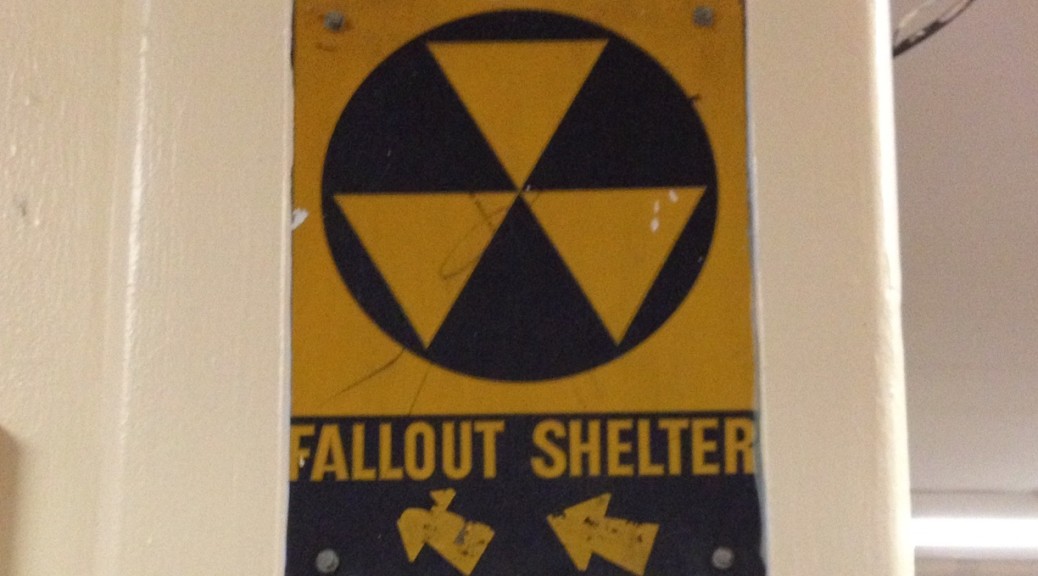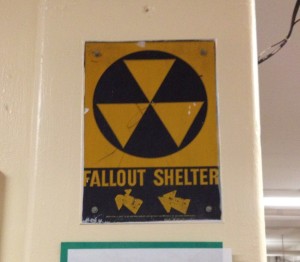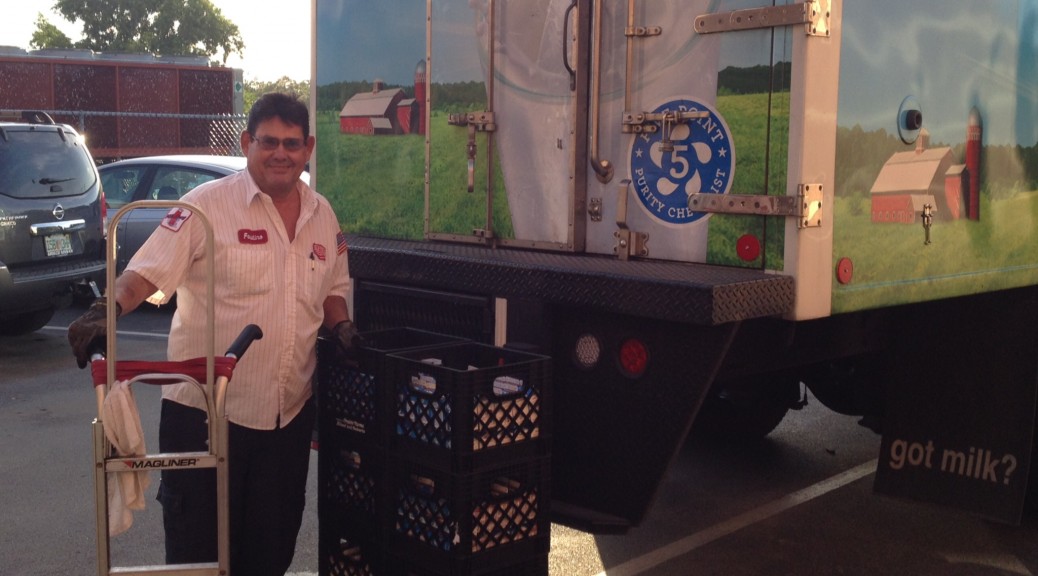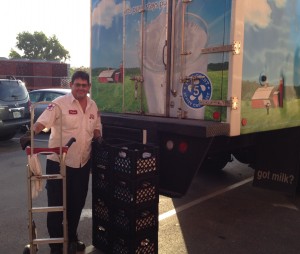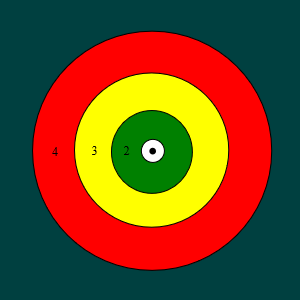Boko Haram, an extremist Islamic jihadist group, has been terrorizing the people of Nigeria for several years. On January 3rd they committed their largest atrocity when the moved into the town of Baga in the northeastern part of the country and opened fire with machine guns and grenade launchers. They had no specific targets and it appears that their objective was simply to kill as many people as possible, unfortunately they were successful. So many were killed that an accurate body count has been impossible to ascertain since Boko Haram is still operating in the area. Current casualty estimates vary from several hundred to over 2000.
While the western world mourned those killed last week during the terrorist attack in Paris it continued to ignore the mass violence taking place in western Africa. It reminded me of a problem I encounter constantly while teaching Human Geography, if something happens in Africa nobody cares. The most interest western media has shown in the current Nigeria crisis took place in May when social media was trending with: “#BringBackOurGirls” in response to Boko Haram kidnapping 273 girls from a school. It’s 9 months later and the girls have not been returned nor has any information about their status been received. One would think that such horrendous crimes would receive continuous attention and that media and the public would place pressure on our leaders to help bring the crisis to an end, but it’s Africa. There are no votes to be gained for politicians, dollars to be made for big business, or ratings to be increased for media so they ignore it, the public ignores it, and Boko Haram continues to kill indiscriminately.

